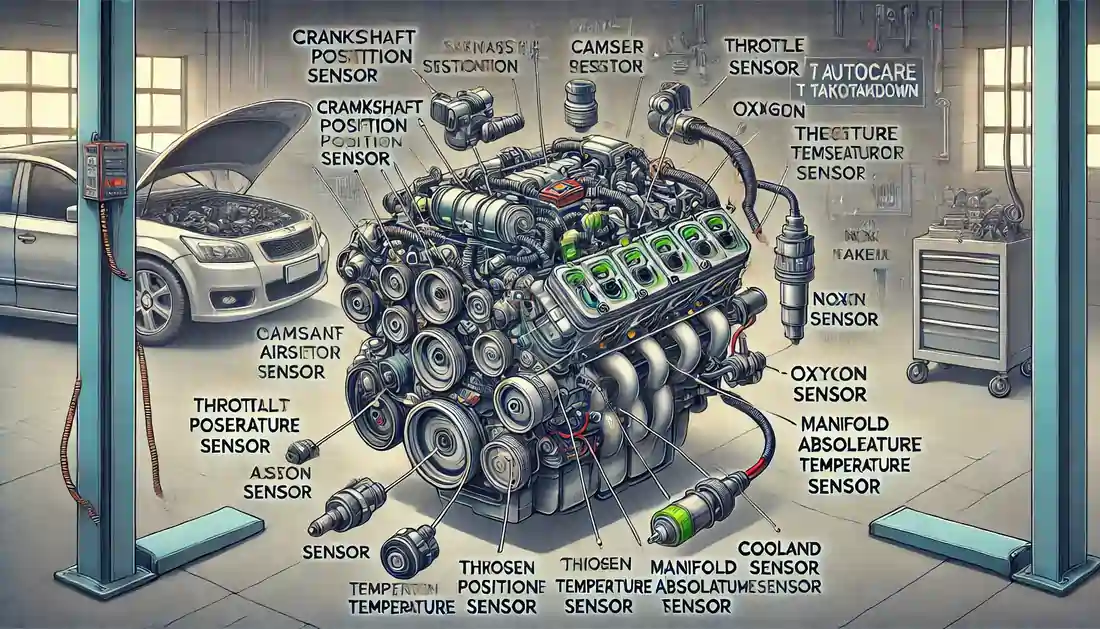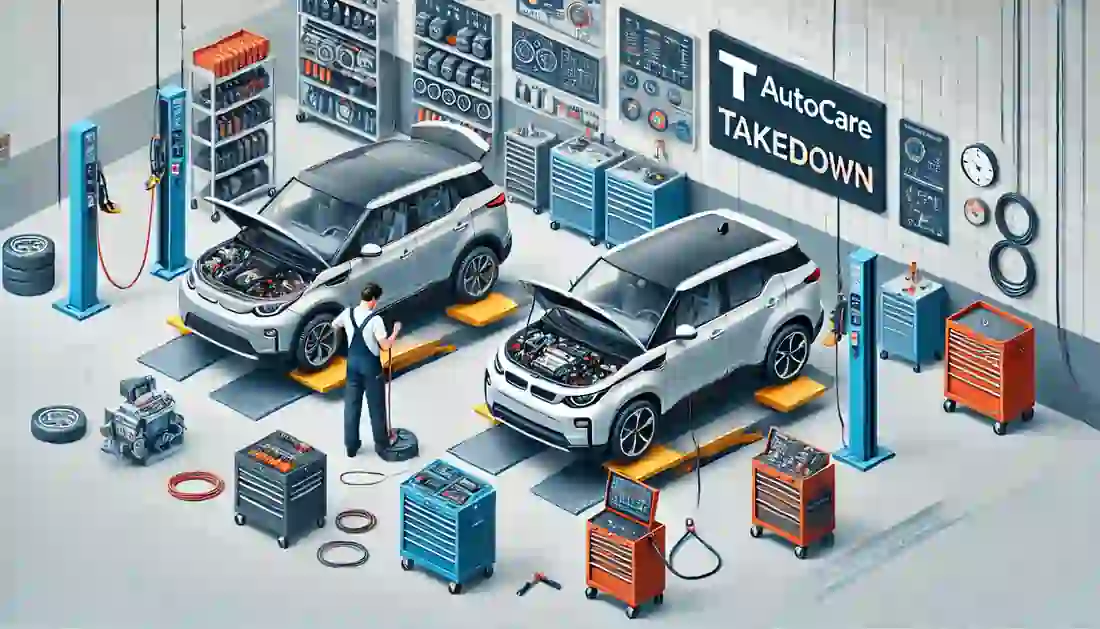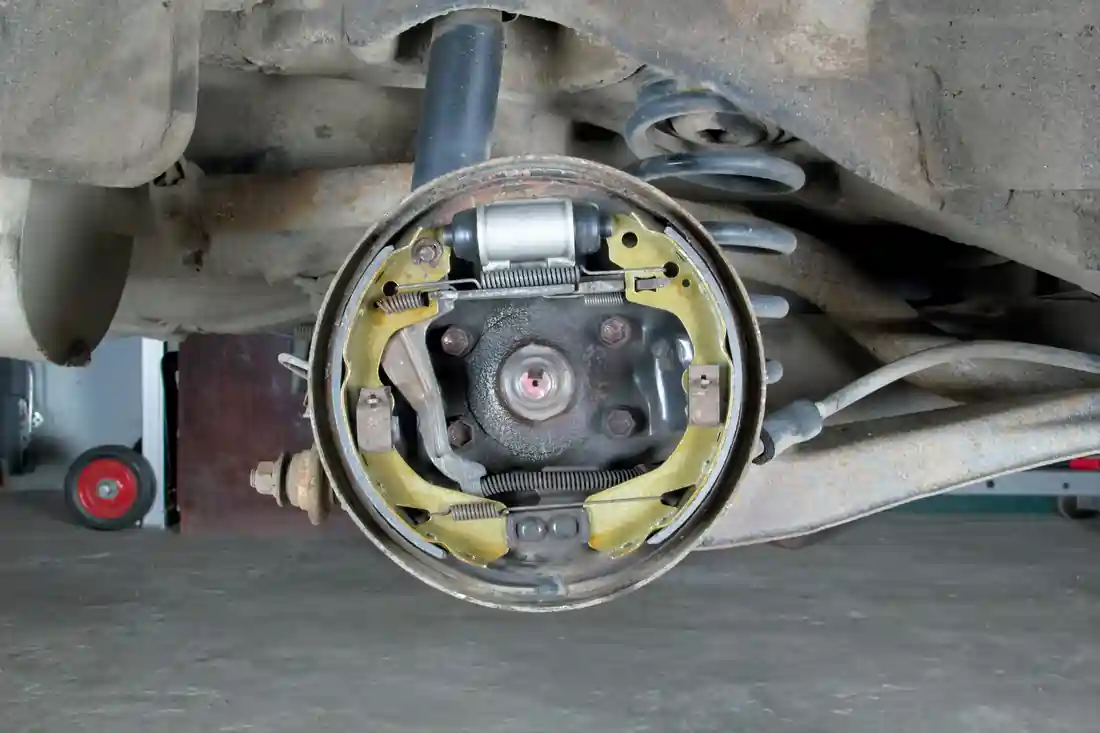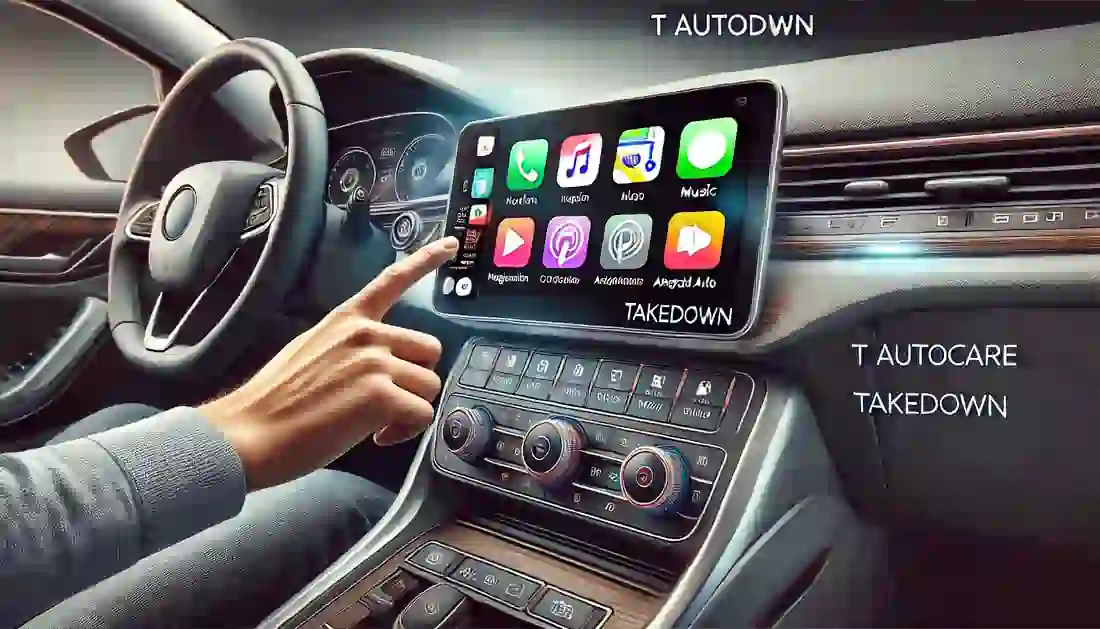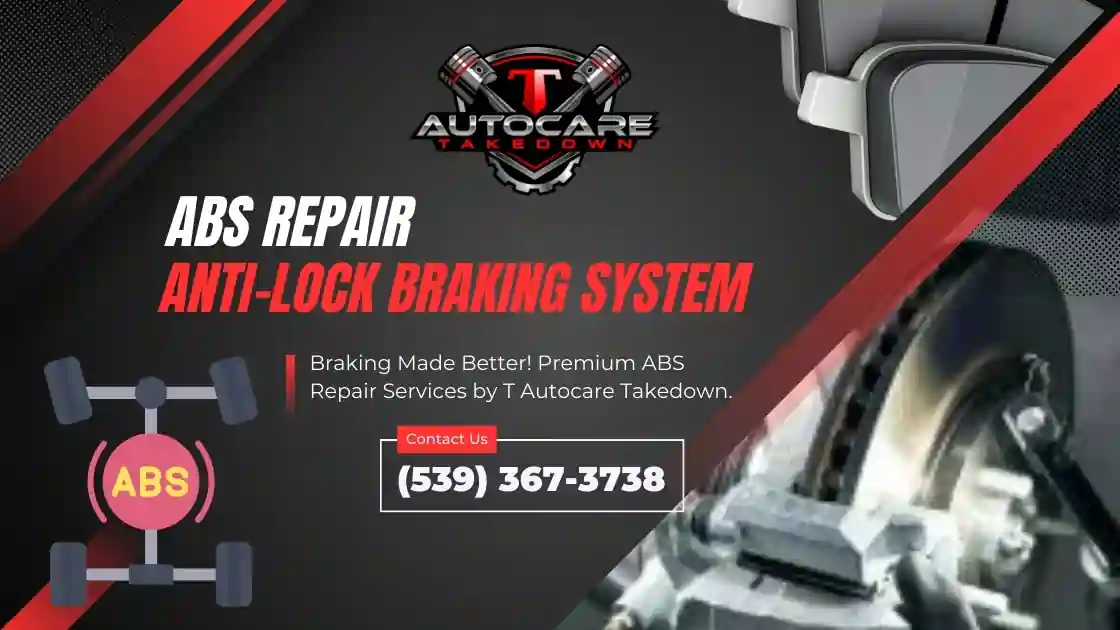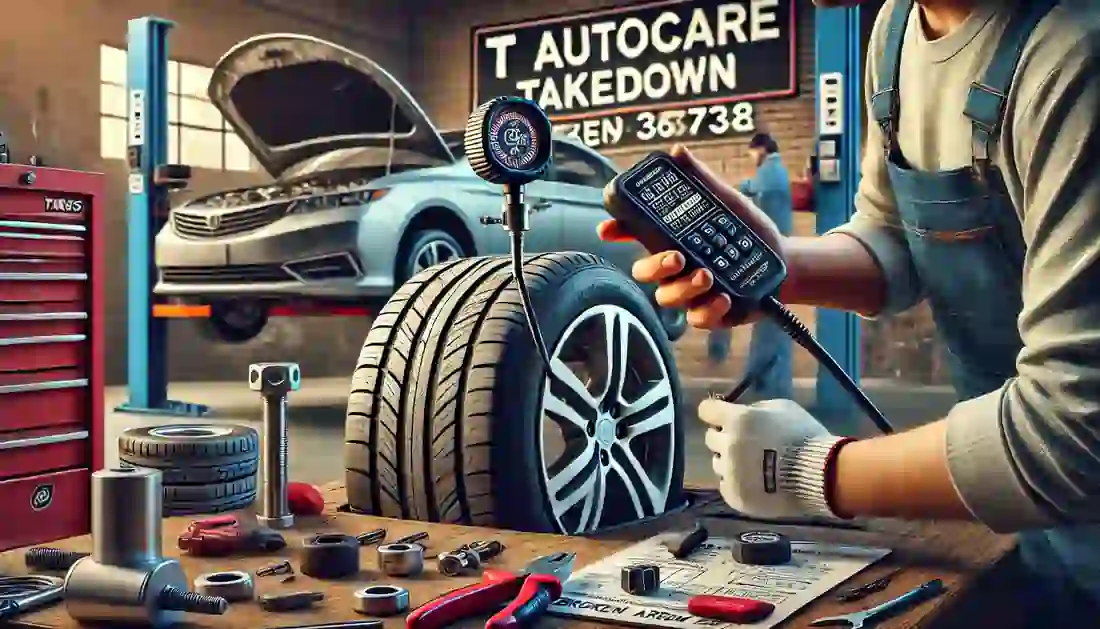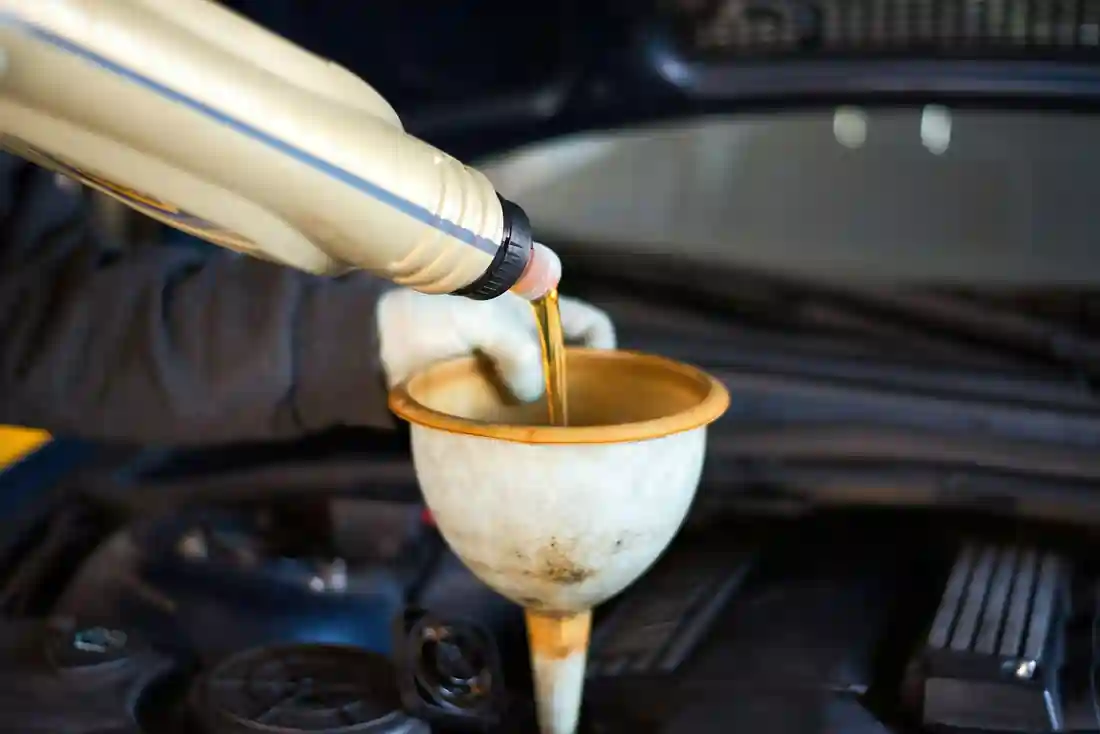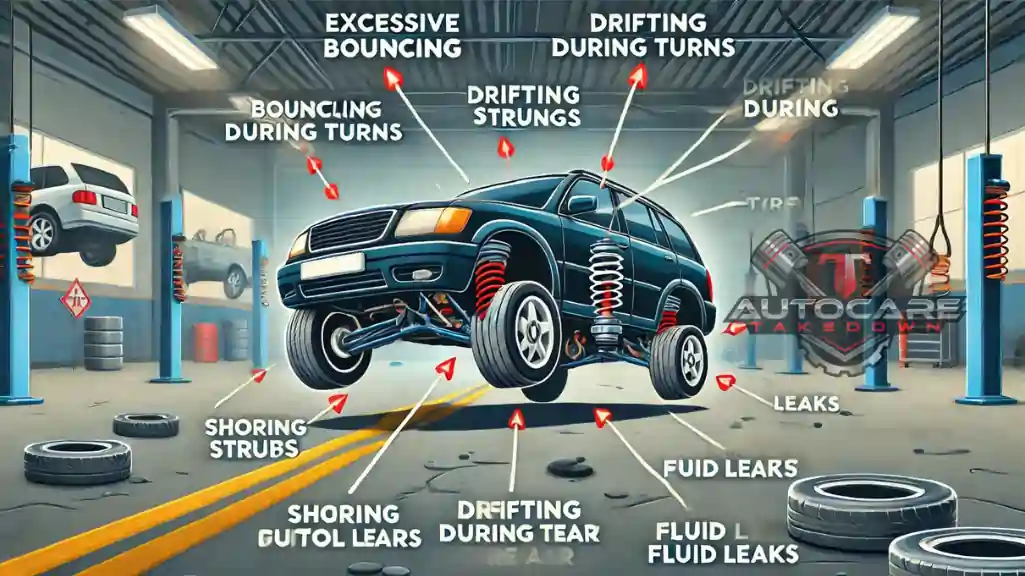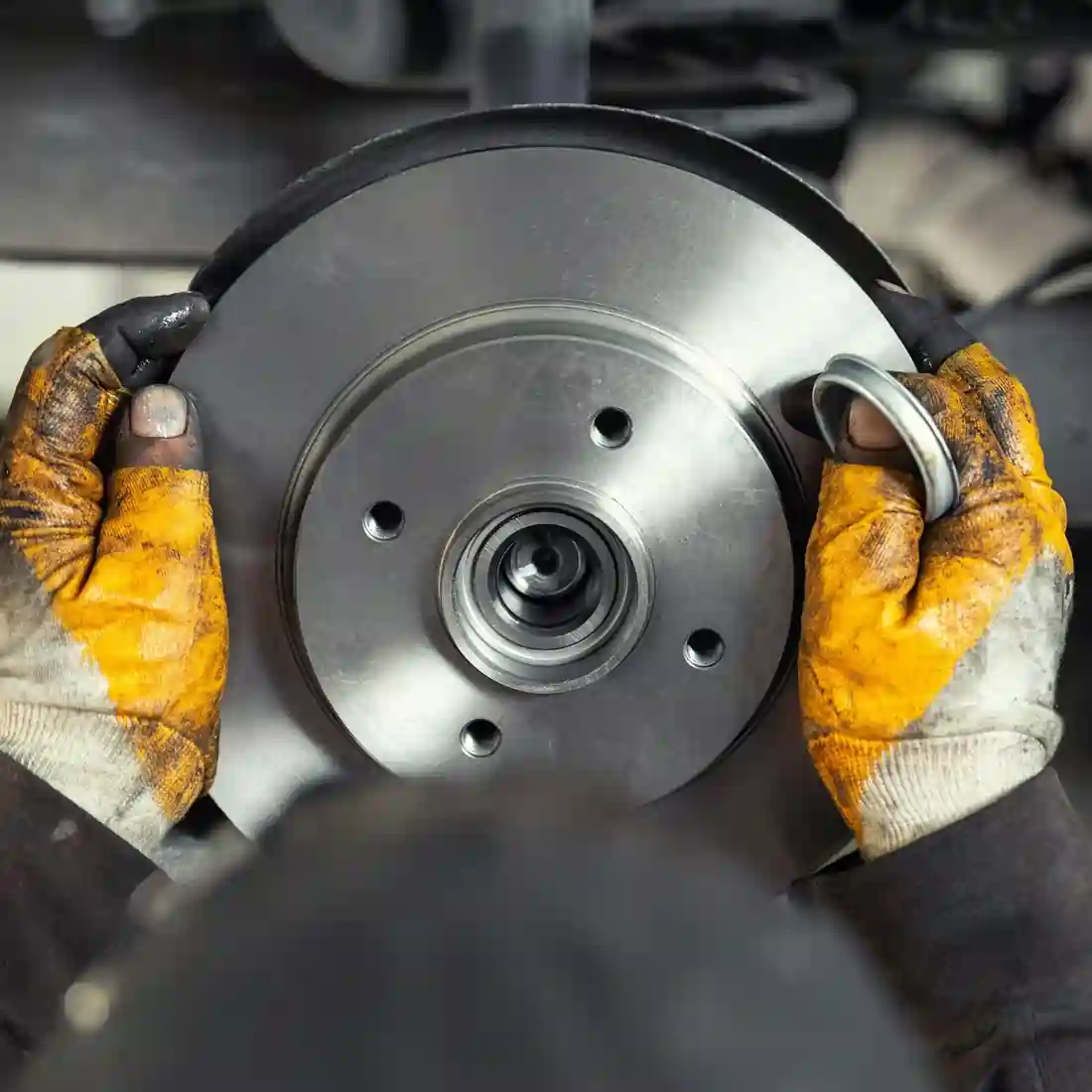The Anti-lock Braking System (ABS) is a crucial safety feature in modern vehicles designed to prevent wheel lock-up during braking. Regular maintenance and timely ABS repair are essential to ensure this system functions properly, providing optimal braking performance and safety.
This technology enhances vehicle control and reduces stopping distances, especially on slippery surfaces. In this blog post, we will delve into what ABS is, its benefits, common issues, and how to maintain it to ensure optimal performance.
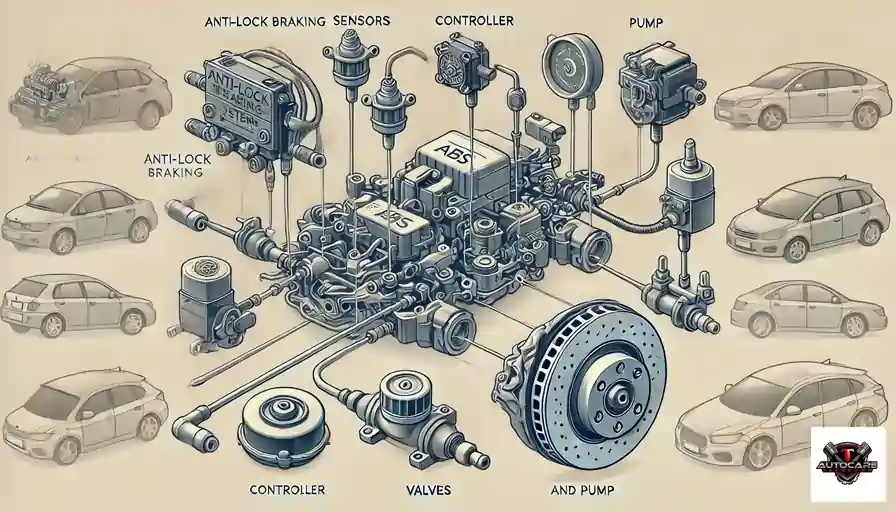
Understanding and maintaining your ABS system is essential for ensuring your vehicle’s safety and performance. Regular maintenance can help prevent costly repairs and keep your braking system working efficiently. For more ways to keep your car in top shape and reduce repair costs, check out our car maintenance tips to save you money.
What is an ABS System?
ABS, or Anti-lock Braking System, is an advanced braking technology developed to improve vehicle safety. First introduced in the 1970s, ABS has evolved significantly and is now standard in most vehicles. As automotive technology continues to advance, systems like ABS will play a critical role in the future of autonomous vehicles, where safety features are expected to become even more sophisticated. Keeping other vital components in check, like addressing oil leaks, also ensures your vehicle runs smoothly and safely.
How ABS Works:
- Sensors: Monitor wheel speed and send data to the ABS controller.
- Controller: Receives data from the sensors and determines if any wheel is about to lock up.
- Valves: Control the brake pressure to each wheel.
- Pump: Restores the pressure to the hydraulic brakes after the valves release it.
Benefits of ABS Systems
- Enhanced Vehicle Control: ABS helps maintain steering control during an emergency stop.
- Reduced Stopping Distance: Particularly effective on wet or slippery surfaces.
- Prevention of Wheel Lock-up: Minimizes the risk of skidding.
- Improved Overall Safety: Enhances driver confidence and vehicle stability.
Common ABS Problems
- Symptoms of ABS Issues:
- ABS warning light on the dashboard
- Unusual brake pedal behavior (e.g., pulsating)
- Reduced braking efficiency
- Common Causes of ABS Failures:
- Faulty Sensors: Dirt or damage can cause sensors to malfunction.
- Electrical Issues: Wiring problems can interfere with the ABS signal. Learn more about diagnosing car electrical issues.
- Hydraulic Problems: Leaks or air in the hydraulic system.
- Worn-out Components: Regular wear and tear can affect ABS parts.
Diagnosing ABS Issues
- Reading ABS Trouble Codes: Use an OBD-II scanner to retrieve ABS trouble codes.
- Using Diagnostic Tools and Scanners: Professional-grade tools provide detailed diagnostics.
- Visual and Physical Inspection: Check for damaged wires, connectors, and sensors.
Related : Brake Inspection & Brake Check Services in Broken Arrow
Maintaining Your ABS System
Maintaining your ABS system is crucial for safe driving, but it’s also important to pay attention to other vital components, like your car’s battery. A healthy battery ensures that your ABS and other electrical systems work properly. For more tips on battery care, check out our guide on how to keep your battery in top condition.
Regular Inspections and Servicing
- Check ABS Sensors and Wiring: Make sure they are clean and in good condition.
- Inspect Brake Fluid Levels and Quality: Keep fluid levels where they should be, and replace old fluid regularly. Learn more about the importance of a brake fluid flush to keep your braking system in top shape.
- Timely Repairs Are Key: Fix issues as soon as they arise to avoid bigger problems later on.
- Professional vs. DIY Maintenance: While some things can be done at home, professional service provides a more thorough check.
Preventative Maintenance Tips:
- Keep the ABS sensors clean.
- Regularly check the brake fluid.
- Address any ABS warning lights immediately.
ABS and Driving Tips
- How to Drive with ABS: Apply firm and steady pressure on the brake pedal.
- Understanding ABS Behavior in Different Conditions:
- Snow: ABS may increase stopping distance, so maintain a safe speed.
- Rain: ABS helps maintain control, but it’s still crucial to drive cautiously. For additional safety tips, read our guide on safe driving in rainy conditions.
- Emergency Braking with ABS: Do not pump the brakes; let ABS do the work.
Read More: How to Improve Night Driving Visibility
Ensuring Your ABS System
is in Top Condition
The Anti-lock Braking System is a vital component of vehicle safety, offering numerous benefits including enhanced control and reduced stopping distances.
Regular maintenance and prompt repairs are essential to keep your ABS in top condition.
For expert ABS maintenance, auto AC repair, and auto repair Broken Arrow services, visit T Autocare Takedown at 1501 W Detroit St, Broken Arrow, OK 74012, or call us at (539) 367-3738.
Useful Links on ABS Vehicle Brake Systems
- Anti-Lock Brake Systems (ABS) (AutoZone)
- Understanding the Basics of ABS (BrakeandFrontend)
- Anti-Lock Brakes (NHTSA)
- Anti-Lock Brake Systems Explained (Car and Driver)
- How Anti-Lock Brakes Work (Jalopnik)
- ABS System: What You Need to Know (RepairPal)


